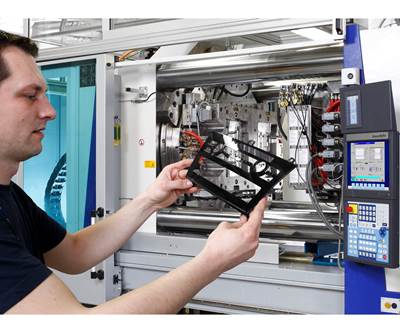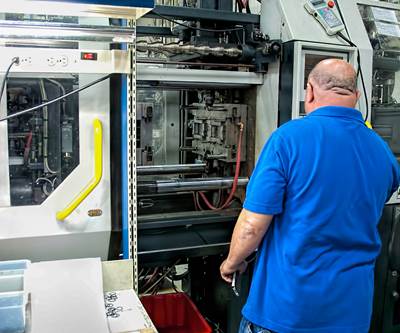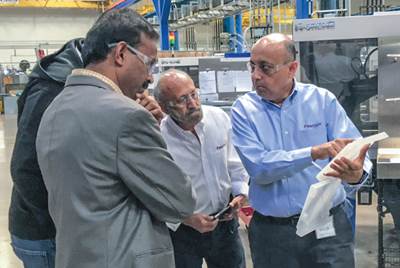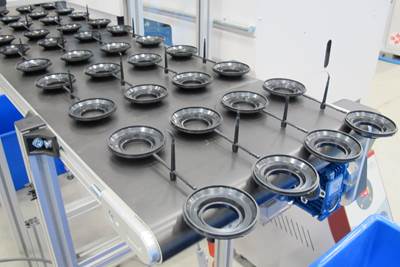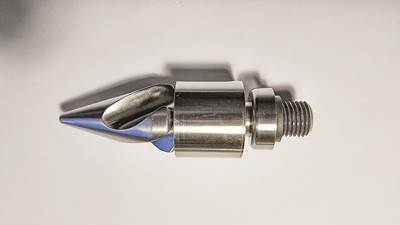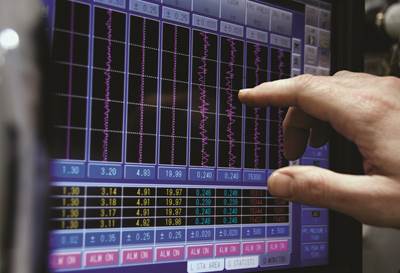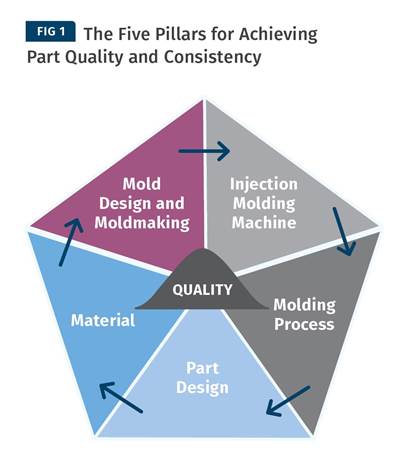scientific molding
The 'Butterfly Effect' in Injection Molding—A Connected Process
In injection molding, a seemingly minor change in a setpoint can have a significant impact on part quality and process robustness and repeatability. That’s why Scientific Molding focuses on process outputs, not setpoints.
Read MoreMold-Clamping Details for Profit
Taking time to sweat the details of clamping is not much fun, but they do make a difference in a company’s bottom line.
Read MoreProcess Capability and the ‘Hesitation Effect’
Understanding the concepts of pack and hold and applying them during process development is critical for molders to achieve consistent part quality.
Read MorePART 2: The Importance of Consistent Fill Time
To make identical parts, you need to keep fill time constant. In part one we covered the why. Here’s the how.
Read MorePart 1: The Importance of Consistent Fill Time
To make identical parts, you need to keep fill time constant. Here’s why.
Read MoreInjection Molding: Sliding vs. Locking Ring—Which Non-Return Valve Is Right for You?
The locking-ring style appears to dominate the market, as most believe it makes a make a better seal and leaks less. But is this really so?
Read MoreUp to Snuff on Scientific Molding? Then it’s Time to Mold ‘Systematically’
Scientific molding is centered around learning about key molding principles and theories. The strategic application of those principles and theories is what’s known as systematic molding.
Read MoreInjection Molding: Is There a ‘Most-Important’ Process Parameter?
A case can be made for multiple variables—fill balance, fill time, injection pressure, cavity pressure—as most important. But there is something else altogether that is essential to successful injection molding.
Read MoreImproving Molding Process Capability: The Role of the Five Essential Pillars, Part 2
Each contributes to molded-part quality, and each must be optimized before production begins.
Read MoreInjection Molding: Fill Based on Volume, Not Weight
Most parts should be 90-99% full after first-stage—by volume not weight. Here’s why that’s important and how to make a first-stage-only part.
Read More
